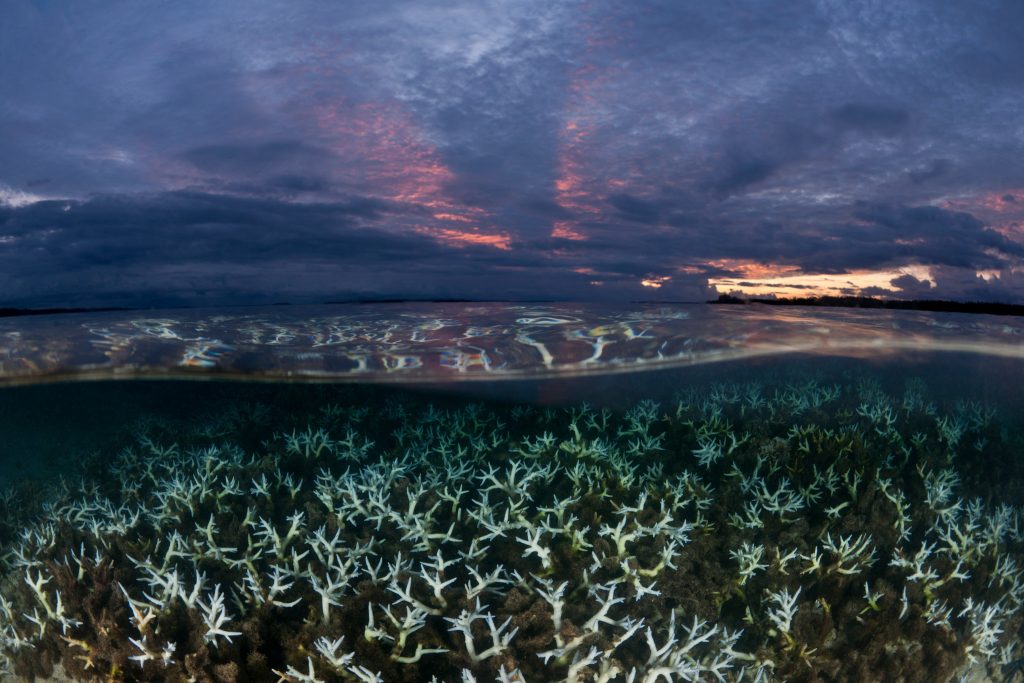The rate at which the world’s oceans are warming has almost doubled since 2005, driven by human-induced climate change, according to an Ocean Warming report published on Monday by the Copernicus Marine Service, an EU monitoring body.
The report highlights the growing impact of global warming on oceans, which cover 70% of the Earth’s surface and play a critical role in regulating the climate. Ocean warming has been steadily increasing since the 1960s, but the rate has surged significantly in recent years.
Oceanographer Karina von Schuckmann of Copernicus stated that over the past 20 years, the pace of warming has risen sharply, with rates accelerating from 0.58 watts per square metre to 1.05 watts per square metre. “Ocean warming can be seen as our sentinel for global warming,” said von Schuckmann, emphasising the unique role oceans play in Earth’s climate system.
These findings align with previous reports from the Intergovernmental Panel on Climate Change (IPCC), which have shown that oceans absorb around 90% of the excess heat trapped in the atmosphere by greenhouse gases, such as carbon dioxide.

Warmer oceans are known to intensify storms, hurricanes, and extreme weather events by influencing weather patterns across the globe, including rainfall distribution.
The Copernicus report also revealed record-high ocean temperatures, marine heatwaves extending into the deep ocean, unprecedented sea ice loss, and a surge in the amount of heat stored within the oceans.
The report noted that in 2023, over 20% of the world’s oceans experienced at least one significant marine heatwave, which has detrimental effects on marine ecosystems. These heatwaves can cause mass die-offs, disrupt ecosystems, and interfere with ocean currents and nutrient flow.
Von Schuckmann warned that ocean warming could affect biodiversity, marine chemistry, and crucial oceanographic processes, which in turn would have consequences for the global climate.
The duration of these marine heatwaves has also increased, with the average event lasting twice as long, from 20 to 40 days since 2008. In the Arctic’s Barents Sea, parts of the seafloor are now in a state of “permanent marine heatwave,” according to research cited in the report.
In 2023, the polar regions saw record-low levels of sea ice, while in August 2022, waters around Spain’s Balearic Islands reached a record 29.2°C – the warmest in 40 years. Heatwaves in the Mediterranean that year extended up to 1,500 metres below the surface, demonstrating how deeply warming waters can penetrate.
Additionally, the report highlighted the growing issue of ocean acidification, which has increased by 30% since 1985. As oceans absorb more carbon dioxide, they become more acidic, threatening marine species like corals, mussels, and oysters that rely on minerals to form their skeletons and shells. Scientists warn that this threshold of acidity will soon be crossed, posing serious risks to marine life.


